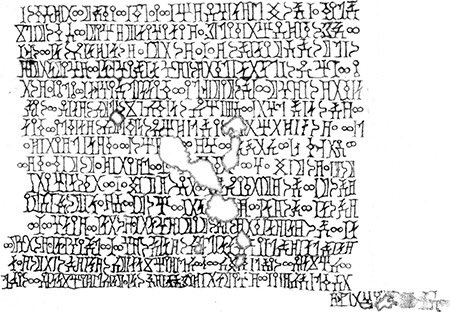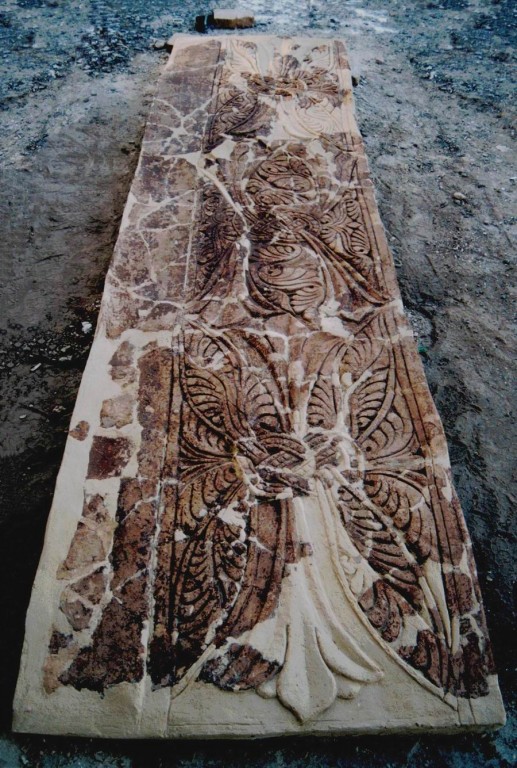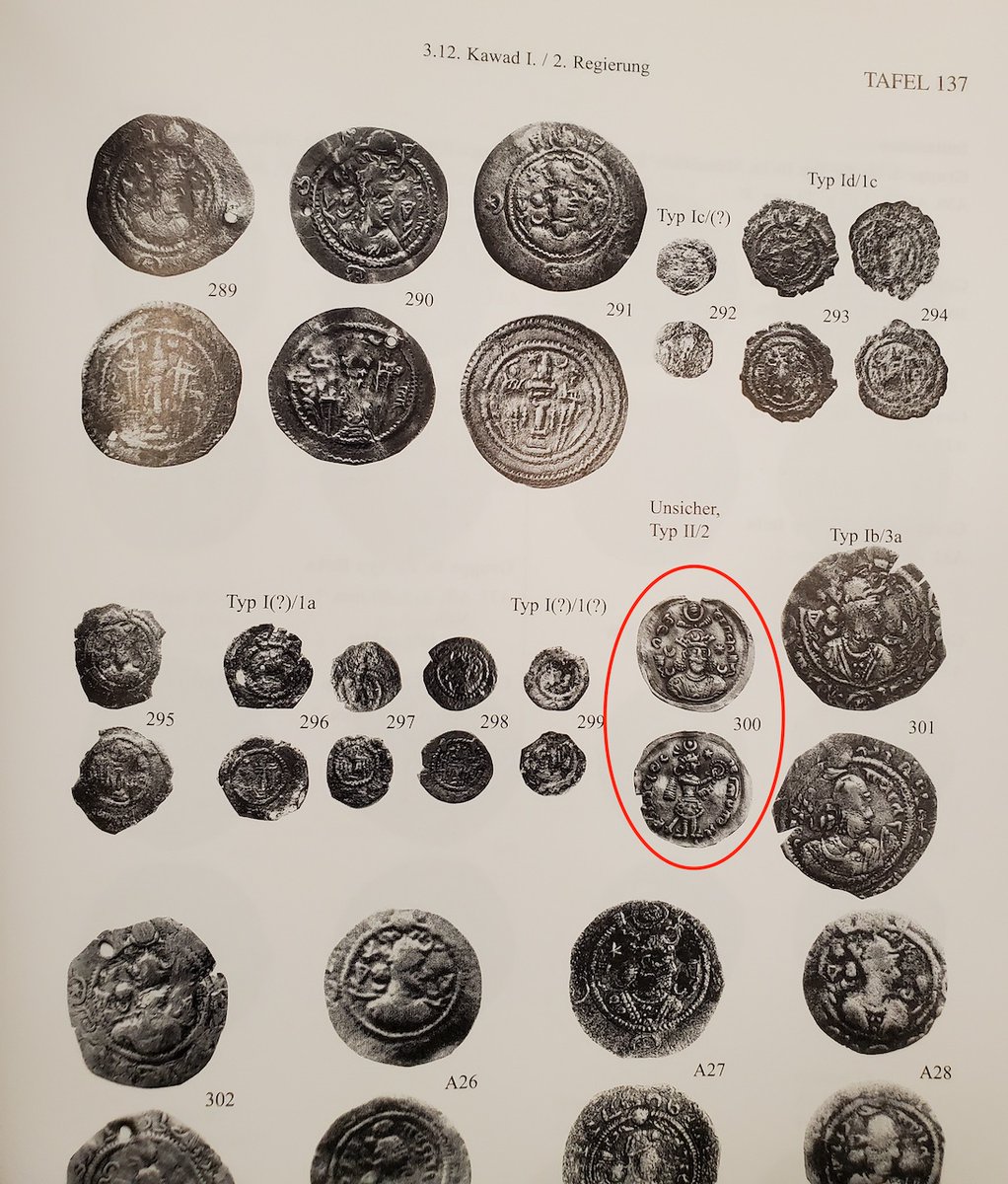Discover and read the best of Twitter Threads about #Sasanian
Most recents (24)
Study of Colour in #Sasanian Iran
We have enough reference materials for study & recreation of colours in Parthian-Sasanian eras
Photo: Etchmiadzin Gospels, likely 6-7 C CE depiction of 3 magi
⤵️
We have enough reference materials for study & recreation of colours in Parthian-Sasanian eras
Photo: Etchmiadzin Gospels, likely 6-7 C CE depiction of 3 magi
⤵️

Together with refs to royal colours, like Hamza al-Isfahani's Tarīk̲h̲ sinī mulūk al-arḍ wa ’l-anbiyā, we can work on recreating colours of that era
I've talked about colours in Achaemenid era, though that needs updating. Previous threads on motifs etc:
I've talked about colours in Achaemenid era, though that needs updating. Previous threads on motifs etc:
3: Tureng Tepe, #Sasanian 



چنان بد که یک روز بی انجمن
به نخجیر گه رفت با چنگزن
کجا نام آن رومی آزاده بود
که رنگ رخانش به می داده بود
به پشت هیونی چمان بر نشست
ابا سرو آزاده، چنگی به دست...
به پیش اندر آمدش آهو دو جفت
جوانمرد خندان به آزاده گفت...
به نخجیر گه رفت با چنگزن
کجا نام آن رومی آزاده بود
که رنگ رخانش به می داده بود
به پشت هیونی چمان بر نشست
ابا سرو آزاده، چنگی به دست...
به پیش اندر آمدش آهو دو جفت
جوانمرد خندان به آزاده گفت...

کدام آهو افکنده خواهی به تیر
که ماده جوان است و همتاش پیر
بدو گفت آزاده کی شیرمرد
به آهو نجویند مردان نبرد...
Photos: Story of Bahram Gur & Azadeh, 1: also from Chal Tarkhan, slightly post-Sasanian. 2: @ Hermitage, Sasanian era
⤵️

که ماده جوان است و همتاش پیر
بدو گفت آزاده کی شیرمرد
به آهو نجویند مردان نبرد...
Photos: Story of Bahram Gur & Azadeh, 1: also from Chal Tarkhan, slightly post-Sasanian. 2: @ Hermitage, Sasanian era
⤵️


...کمان را به زه کرد بهرام گور
برانگیخت از دشت آرام، شور
دو پیکان، به ترکش یکی تیر داشت
به دشت اندر از بهر نخچیر داشت...
Photos: 1: Hermitage; 2: Private UK Collection; 3: @metmuseum , Sasanian era
⤵️


برانگیخت از دشت آرام، شور
دو پیکان، به ترکش یکی تیر داشت
به دشت اندر از بهر نخچیر داشت...
Photos: 1: Hermitage; 2: Private UK Collection; 3: @metmuseum , Sasanian era
⤵️



"Nišānscheibe": Nishān (personal/clan device) discs in #Sasanian art
1: Well known one from Ctesiphon
These are, when more complex, usually referred to as monograms
⤵️

1: Well known one from Ctesiphon
These are, when more complex, usually referred to as monograms
⤵️


Sasanian stucco from eastern #Iran
گچبری ساسانی در خراسان
In recent years, at least 4 sites (Bandian, Mele Hairam now outside Iran's borders, Bazeh Hur, Shilgan) have been excavated which give us a much better idea of this art form in eastern Iran, including Khorasan
⤵️
گچبری ساسانی در خراسان
In recent years, at least 4 sites (Bandian, Mele Hairam now outside Iran's borders, Bazeh Hur, Shilgan) have been excavated which give us a much better idea of this art form in eastern Iran, including Khorasan
⤵️

Wild Boar heads in Iranian architecture. The head alone is likely representation of deity of victory, Verethragna/ Bahram (بهرام)
سر گراز در معماری ایرانی
Photo: multiple stucco fragments @philamuseum from Tepe Hissar, Sasanian
⤵️
سر گراز در معماری ایرانی
Photo: multiple stucco fragments @philamuseum from Tepe Hissar, Sasanian
⤵️

Earliest depiction of #Simurgh/ Senmurv (سیمرغ) in the world I am aware of: sealing, Excavated @ Bandian (بندیان), 5 C CE (i.e., 401 - 500), possibly reign of Bahram V
Firmly establishing this motif as #Sasanian. Now @ Great Museum of Khorasan (موزه بزرگ خراسان)
⤵️
Firmly establishing this motif as #Sasanian. Now @ Great Museum of Khorasan (موزه بزرگ خراسان)
⤵️

#Nowruz (Nouruz, نوروز, Наврӯз, MP: Nōgrōz) 🌸
Iranian New Year traditions in ancient Iran, especially Sasanian era, based on newly published papyri & other sources
نوروز در زمان ساسانیان: بر اساس پاپیروس های تازه منتشر شده و منابع دیگر
⤵️🧵
Iranian New Year traditions in ancient Iran, especially Sasanian era, based on newly published papyri & other sources
نوروز در زمان ساسانیان: بر اساس پاپیروس های تازه منتشر شده و منابع دیگر
⤵️🧵

I previously wrote on sources mentioning "nogruz" or Nowruz, as well as some of Nowruz' history:
For more, also see Iranica articles for traditions both before & after Sasanian era: iranicaonline.org/articles/nowru…
⤵️
For more, also see Iranica articles for traditions both before & after Sasanian era: iranicaonline.org/articles/nowru…
⤵️
Generally, we see great continuity in various aspects of Nowruz celebrations. We can say it was, like other feasts & major celebrations, about preparing for the feast & with very ancient Indo-Iranian roots
Like other feasts, there was merriment & food, as there is today
⤵️
Like other feasts, there was merriment & food, as there is today
⤵️
Iranian Harp; چنگ در ایران باستان
Video: Recreation of an Elamite harp. I talked about Iranian musical instruments before, but will focus on the harp, used in Iranian music for thousands of years until the 17th C, and now being brought back by various musicians
⤵️
Video: Recreation of an Elamite harp. I talked about Iranian musical instruments before, but will focus on the harp, used in Iranian music for thousands of years until the 17th C, and now being brought back by various musicians
⤵️
Recreation of harp from Choga Mish, Iran, 6800 BCE
چنگِ ایرانیِ چغامیش
See original videos as well.
⤵️
چنگِ ایرانیِ چغامیش
See original videos as well.
⤵️
Iranian Architecture: Windows in ancient Iran
By all accounts, glass was not used in windows. Light was also brought into spaces by means of central courtyards & other open spaces
For example see recreation of open space & arch from Sasanian Kish, Iraq
⤵️🧵

By all accounts, glass was not used in windows. Light was also brought into spaces by means of central courtyards & other open spaces
For example see recreation of open space & arch from Sasanian Kish, Iraq
⤵️🧵


Domes appear to also have had an opening at times to allow more light in. The placement of small holes, slits, windows etc. have continued in Iranian architecture of bazaars, baths, other spaces
For example see placement of high windows in palace of Ardashir
⤵️



For example see placement of high windows in palace of Ardashir
⤵️




I will focus on #Sasanian era to compare various types of architecture. But this design for windows has continued in Near East for millennia
Here for example from Babylonian Tel Asmar, both a window grille and small window
⤵️

Here for example from Babylonian Tel Asmar, both a window grille and small window
⤵️


Agriculture in Ancient Iran: Just so not all the news is sad. ❤️🔥
Based on a few years of research to find visual & primary sources. |
اینو مینویسم که یک گوشه دیگه از تاریخمون رو بهتر بشناسیم: کشاورزی در ایران باستان.
⤵️🧵
Based on a few years of research to find visual & primary sources. |
اینو مینویسم که یک گوشه دیگه از تاریخمون رو بهتر بشناسیم: کشاورزی در ایران باستان.
⤵️🧵

When we want to recreate Sasanian military, armour, clothing... we need to consider new finds, lesser known sites & artefacts to really understand the evolution & use of various components
Let's say for example multiple friezes from Bishapur showing riders
⤵️

Let's say for example multiple friezes from Bishapur showing riders
⤵️
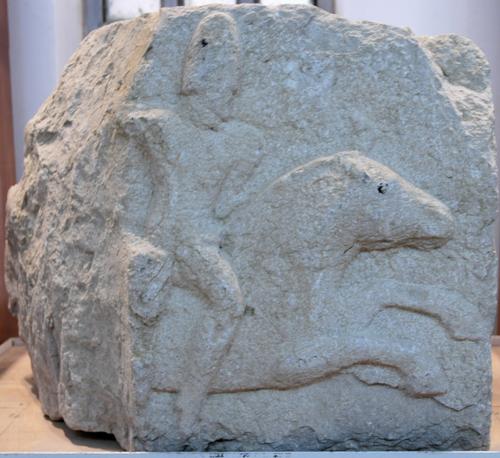
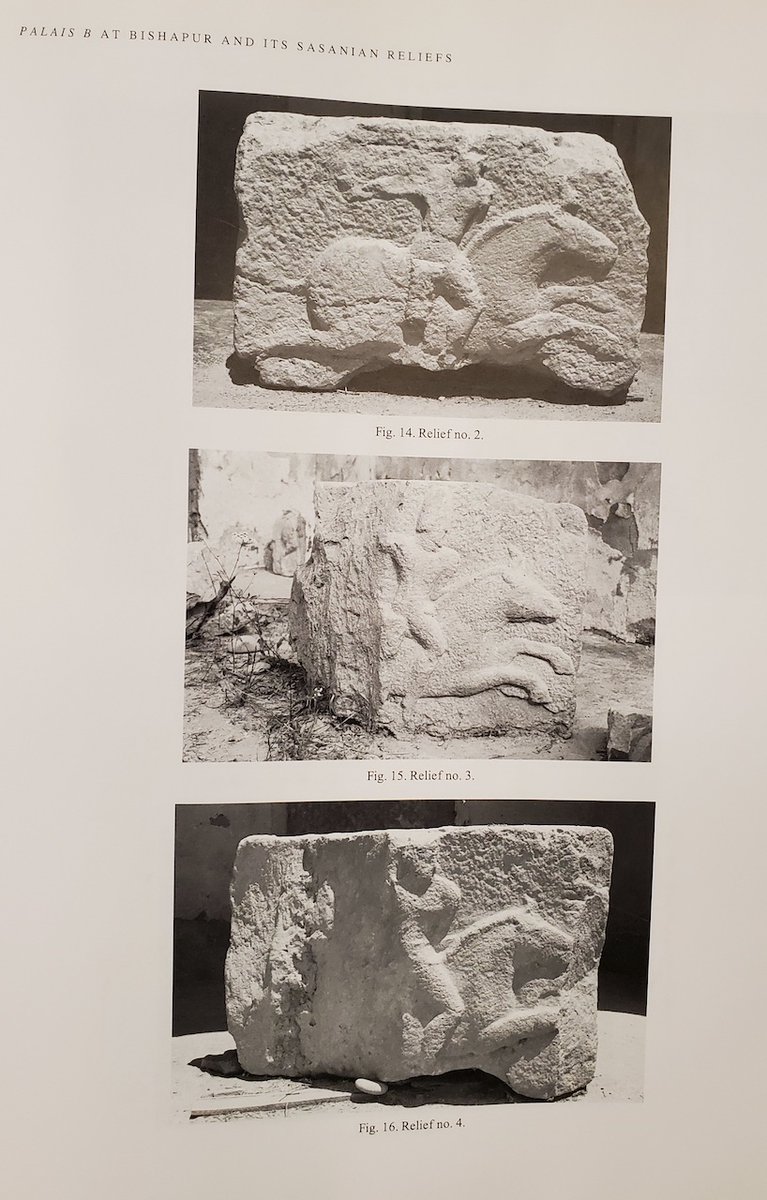
24 #Iranian motifs & designs used for centuries from China to Rome: Part 3
۲۴ طرح و نقش ایرانی که از چین تا روم برای چند صد سال استفاده میشده.
No. 19) Mythological Creatures: Winged horse
⤵️🧵
۲۴ طرح و نقش ایرانی که از چین تا روم برای چند صد سال استفاده میشده.
No. 19) Mythological Creatures: Winged horse
⤵️🧵

I don't agree with Dr. Canepa. Oldest reps of winged horse are from Iran. At least they're from same time as those in Greece. Not to say later depictions didn't have some contact with Greek forms too, but winged horse/Pegasus has been an important Iranian mythological creature
... for millennia. See for example:
1: Sialk, 10-9 C BCE
2: from ancient Luristan, @MuseeLouvre
4: 8-7 C BCE, @metmuseum
⤵️



1: Sialk, 10-9 C BCE
2: from ancient Luristan, @MuseeLouvre
4: 8-7 C BCE, @metmuseum
⤵️




24 #Iranian motifs & designs used for centuries from China to Rome: Part 2 |
۲۴ طرح و نقش ایرانی که از چین تا روم برای چند صد سال استفاده میشده: بخش دوم |
Talked about 10 motifs before. The rest fall in category of animals & plants, besides geometric patterns
🧵⤵️
۲۴ طرح و نقش ایرانی که از چین تا روم برای چند صد سال استفاده میشده: بخش دوم |
Talked about 10 motifs before. The rest fall in category of animals & plants, besides geometric patterns
🧵⤵️

11) Boars: widespread among Iranian groups. It's likely where Zoroastrianism or more generally Iranian religions have been practiced, that at least boar heads could be symbols of deity Verethragna (Bahram: بهرام):
Previous thread on first 10 motifs:
⤵️
Previous thread on first 10 motifs:
⤵️
۲۴ طرح و نقش ایرانی که از چین تا روم برای چند صد سال استفاده میشده |
Iranian Identity: 24 #Iranian motifs & designs used for centuries from ancient China to Rome. |
1: 3-dot or 3-pearl motif: Very popular in Sasanian Iran...
⤵️🧵
Iranian Identity: 24 #Iranian motifs & designs used for centuries from ancient China to Rome. |
1: 3-dot or 3-pearl motif: Very popular in Sasanian Iran...
⤵️🧵

It's likely an aniconic representation of the Iranian, Zoroastrian deity Tishtrya | تیشتَر , though at times it could have taken a simple astronomical meaning as well
Spot it on clothing!




Spot it on clothing!




1: 3-dot or 3-pearl motif
Undoubtedly, this design is Iranian, #Sasanian or possibly pre-Sasanian in origin.
Representations at Taqe Bostan, including on clothing of Ahura Mazda. These parts of Taqe Bostan are associated with Khosrow II (570-628)
Given internal...
⤵️



Undoubtedly, this design is Iranian, #Sasanian or possibly pre-Sasanian in origin.
Representations at Taqe Bostan, including on clothing of Ahura Mazda. These parts of Taqe Bostan are associated with Khosrow II (570-628)
Given internal...
⤵️



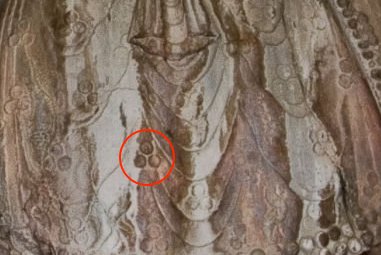
8 Sasanian-style textiles with royal themes
هشت نمونه از منسوجات سبک ساسانی با بن مایه شاهانه
First one: Peacocks, Silk, Iranian, from Aachen Cathedral treasure, Germany: this one isn't exactly "royal" in style, I just love the design!
⤵️
هشت نمونه از منسوجات سبک ساسانی با بن مایه شاهانه
First one: Peacocks, Silk, Iranian, from Aachen Cathedral treasure, Germany: this one isn't exactly "royal" in style, I just love the design!
⤵️

2: The famous design: 5-6 C, from Egypt, clear Sasanian design though possibly local production.
At least 2 surviving pieces: @ Musée des Tissus, Lyon &
@MuseeLouvre (2-3), possibly showing King Khosrau II fighting Ethiopian forces in Yemen
⤵️


At least 2 surviving pieces: @ Musée des Tissus, Lyon &
@MuseeLouvre (2-3), possibly showing King Khosrau II fighting Ethiopian forces in Yemen
⤵️



The surviving piece @MuseeLouvre has a very Sasanian-looking soldier doing a Parthian shot! Can't get more Iranian and Sasanian than that!
Also see: iranicaonline.org/articles/sasan…
⤵️
Also see: iranicaonline.org/articles/sasan…
⤵️

Against the wrong view there are no #Sasanian #silk including samite textiles, here are 8 examples!
هشت نمونه از منسوجات ابریشمی از دوره ساسانی
1: The David Collection, 650-750, Inv. no. 9/1996
⤵️
هشت نمونه از منسوجات ابریشمی از دوره ساسانی
1: The David Collection, 650-750, Inv. no. 9/1996
⤵️

Possibly just slightly post-Islamic, though the motif did not reach Arabs from Mars! It existed in Iran for centuries! From Iran or Iraq, "Samitum-woven textile with confronted birds in medallions, silk"
2: 6th–7th C, @metmuseum, Accession Number: 2000.624.1
⤵️
2: 6th–7th C, @metmuseum, Accession Number: 2000.624.1
⤵️

Note the motifs on these examples. These should not be called "Central Asian"... whatever that means!
At the very least, these should be called Iranian, or Sasanian-Sogdian
3: Textile Medallion: 6C, Attributed to Iraq or Syria, @metmuseum , Accession #: 90.5.10
⤵️

At the very least, these should be called Iranian, or Sasanian-Sogdian
3: Textile Medallion: 6C, Attributed to Iraq or Syria, @metmuseum , Accession #: 90.5.10
⤵️


What we've learned so far from salt mummies in #Iran , Chehrabad salt mines, Zanjan (with focus on textiles)
By 2010, remains of six men had been discovered, most of them accidentally killed by collapse of galleries where they were working
This site is super important
⤵️🧵
By 2010, remains of six men had been discovered, most of them accidentally killed by collapse of galleries where they were working
This site is super important
⤵️🧵

We should remember these are simpler, miner clothing suited for the job. So we can't jump to simplifying Sasanian, Achaemenid... clothing to all look like this!
1) #Achaemenid Clothing
1) #Achaemenid Clothing

Ancient Iranian Devices, Insignia & Monograms
نشان های کهن ایرانی
One of the most enigmatic, least studied aspects of #Iranian history & culture
Check this thread out to find out more, and please #retweet & share. You won't find all this info elsewhere!
🧵⤵️⚡️
نشان های کهن ایرانی
One of the most enigmatic, least studied aspects of #Iranian history & culture
Check this thread out to find out more, and please #retweet & share. You won't find all this info elsewhere!
🧵⤵️⚡️

I might one day turn this into a paper. But for now, let's look at this really cool part of our history! I am so excited!!
What I will call "devices" are abstract signs, seals... that got progressively more complex by end of #Sasanian era. They are also called #Tamga (or tamgha)
What I will call "devices" are abstract signs, seals... that got progressively more complex by end of #Sasanian era. They are also called #Tamga (or tamgha)
Tamga from Turkish. In Middle Persian and modern Persian, the word would be Nishaan or Neshaan ( Ossetian gakk)
These have an amazing and long history. They might have started as signs for cattle, later for clans & families. Were used by people across Eurasia
These have an amazing and long history. They might have started as signs for cattle, later for clans & families. Were used by people across Eurasia
Last month I gave a talk on a thorny issue in religious and intellectual history: the distinction between believing and knowing (or more simplistically, faith and reason) in Late Antiquity. My focus was on two #Syriac authors, Paul the Persian and Babai the Great.
1/16
1/16

This is the culmination of research I've been working on since 2018 (alongside so many other projects). I'm currently writing up the talk as a publication. For now, here's a research 🧵 with some broad outlines.
2/16
2/16
I'm interested in how faith––a concept we take for granted––came to define Christianity in Late Antiquity and early Middle Ages. Is believing on a par with knowing? Most Syriac Christian writers would say yes. In short, one needs faith to get at divine truths.
3/16
3/16
Look at these 10/10 extremely good bois
THREAD about birb in Iranian art 🦆🦚🐓🦅🐣
~ NA @eranudturan #HistoryofIran
patreon.com/eranudturan

THREAD about birb in Iranian art 🦆🦚🐓🦅🐣
~ NA @eranudturan #HistoryofIran
patreon.com/eranudturan


You’ll notice that #ducks are REALLY common in #Sogdian art, appearing primarily in #textile (there’s also a wooden painted panel from Kucha). They almost always hold a necklace in their beaks
~ NA @eranudturan #Historyofiran



~ NA @eranudturan #Historyofiran




They sometimes appear in conjunction with pheasants, who often wear a necklace around their necks.
What’s this motif all about?
~ NA #HistoryofIran

What’s this motif all about?
~ NA #HistoryofIran
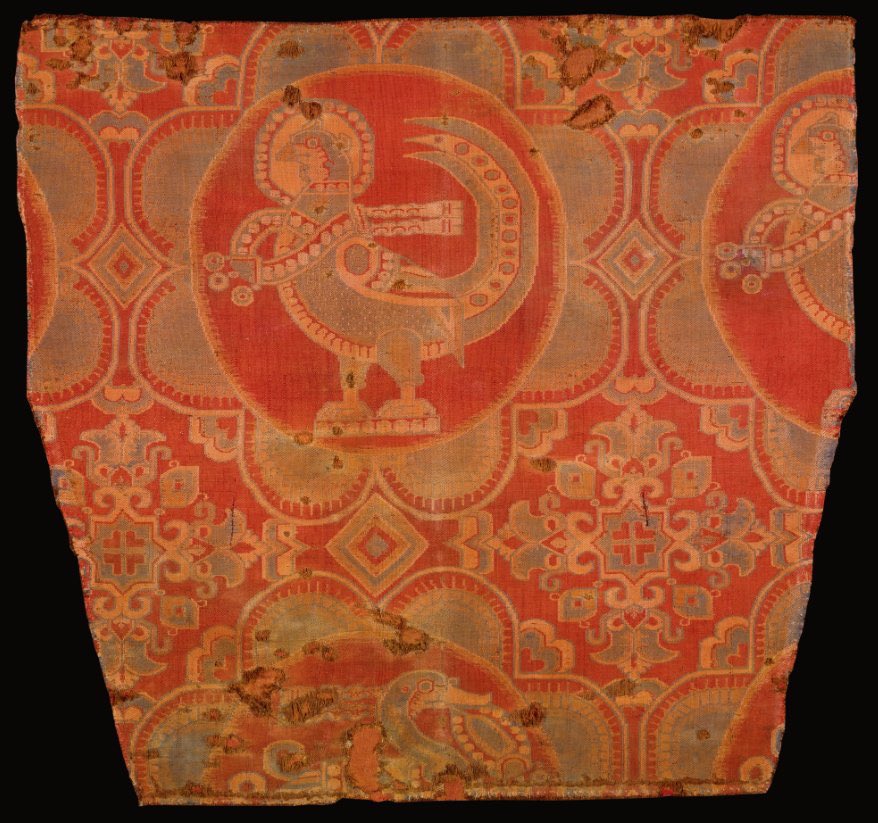

1/ Here’s a unique coin I love to show my students @UniofOxford. A fascinating window into the early history of #Islam in #Iran. Minted in Sistan, ca. 691-2. One side portrays the #Sasanian king of kings; the other has the Islamic profession of faith (the shahada) but in Pahlavi! 
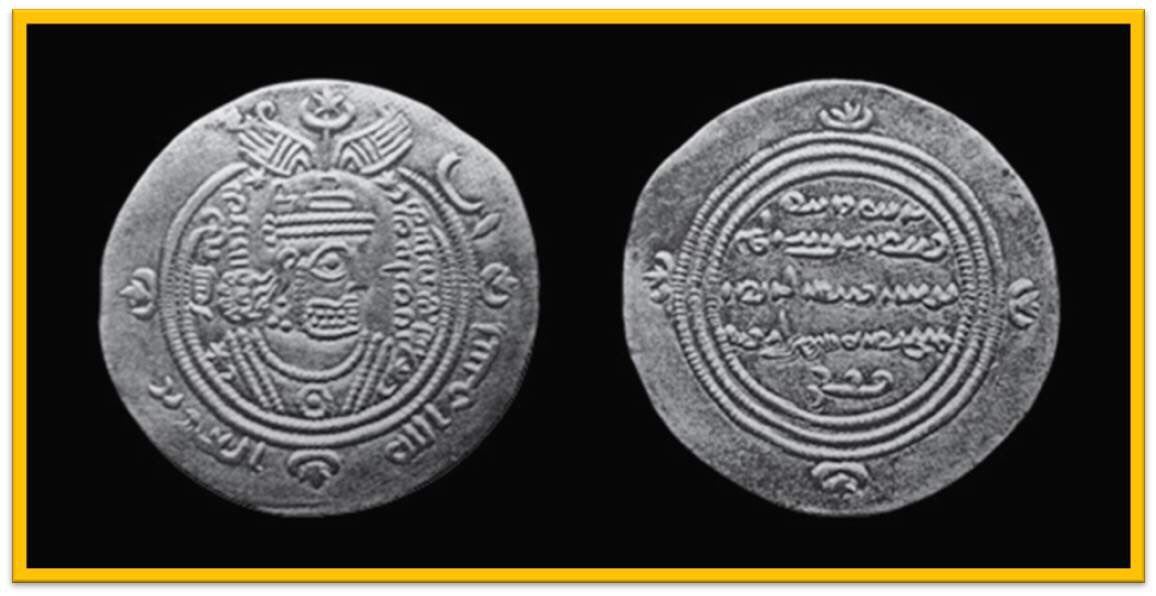
2/ Pahlavi (otherwise known as #Zoroastrian Middle #Persian) was the language of the #Sassanian kings and the #Zoroastrian clergy. It remained a prestige language in #Iran even after the Islamic conquest
3/ What makes the coin so unique is that it translates the shahada into an essentially #Zoroastrian idiom: “yazd-ēw bē ōy any yazd nēst mahmat paygāmbar ī yazd” (There is one God, without any other, #Muhammad is the #Prophet of God) 
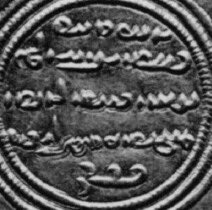
1/ Fun fact from today’s Islamic History lecture @UniofOxford: the Khazars, a nomadic people from the S. Russian steppe, converted to #Judaism in ca. 9th. Here, a Khazar coin based on an Islamic model swaps “#Muhammad is the Messenger of God” for “#Moses is the Messenger of God”! 
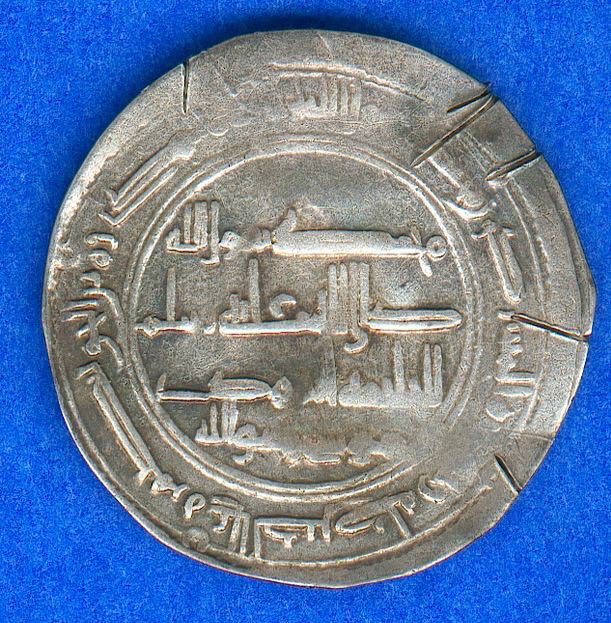
2/ Specifically, the Khazar king and his court are said to have converted. This model of top-down religious change happened all over the late antique and medieval worlds, but is most commonly associated with #Christianity and #Islam (not #Judaism!)
3/ The other great example of state conversion to #Judaism is the kingdom of Himyar in S. Arabia. The conversion was so thorough that after 380, pagan inscriptions disappear, replaced by inscriptions with Hebrew/Aramaic words (shalom, amen, kanisat) & names (Isaac, Judah, Joseph) 


